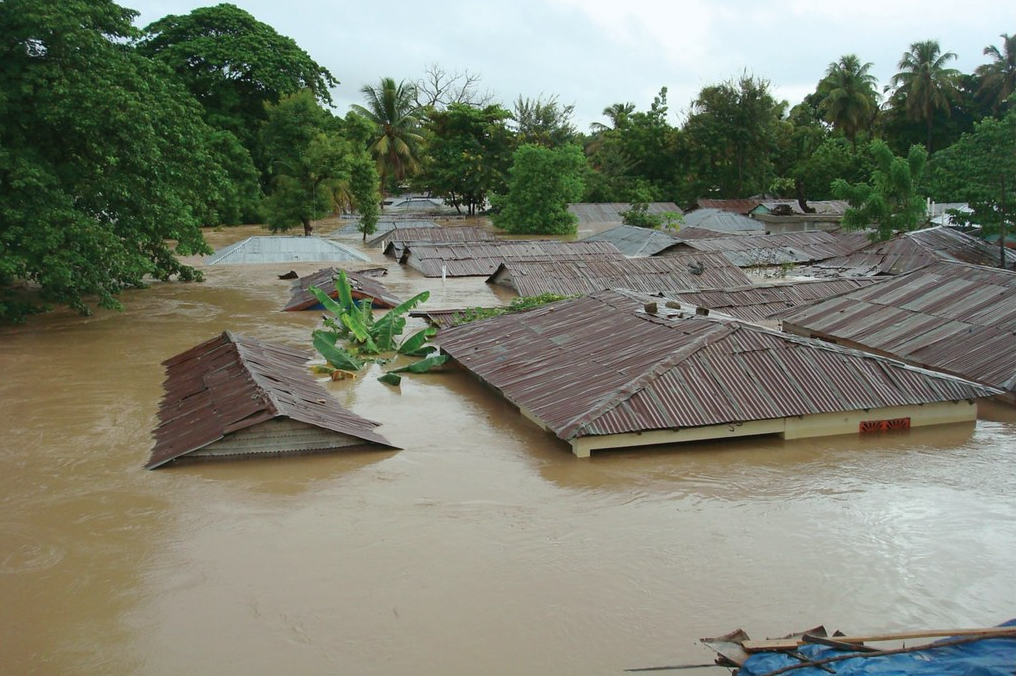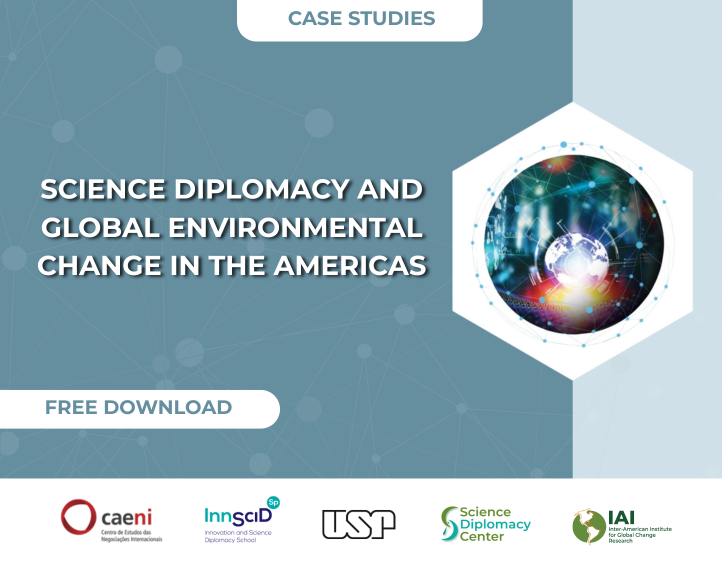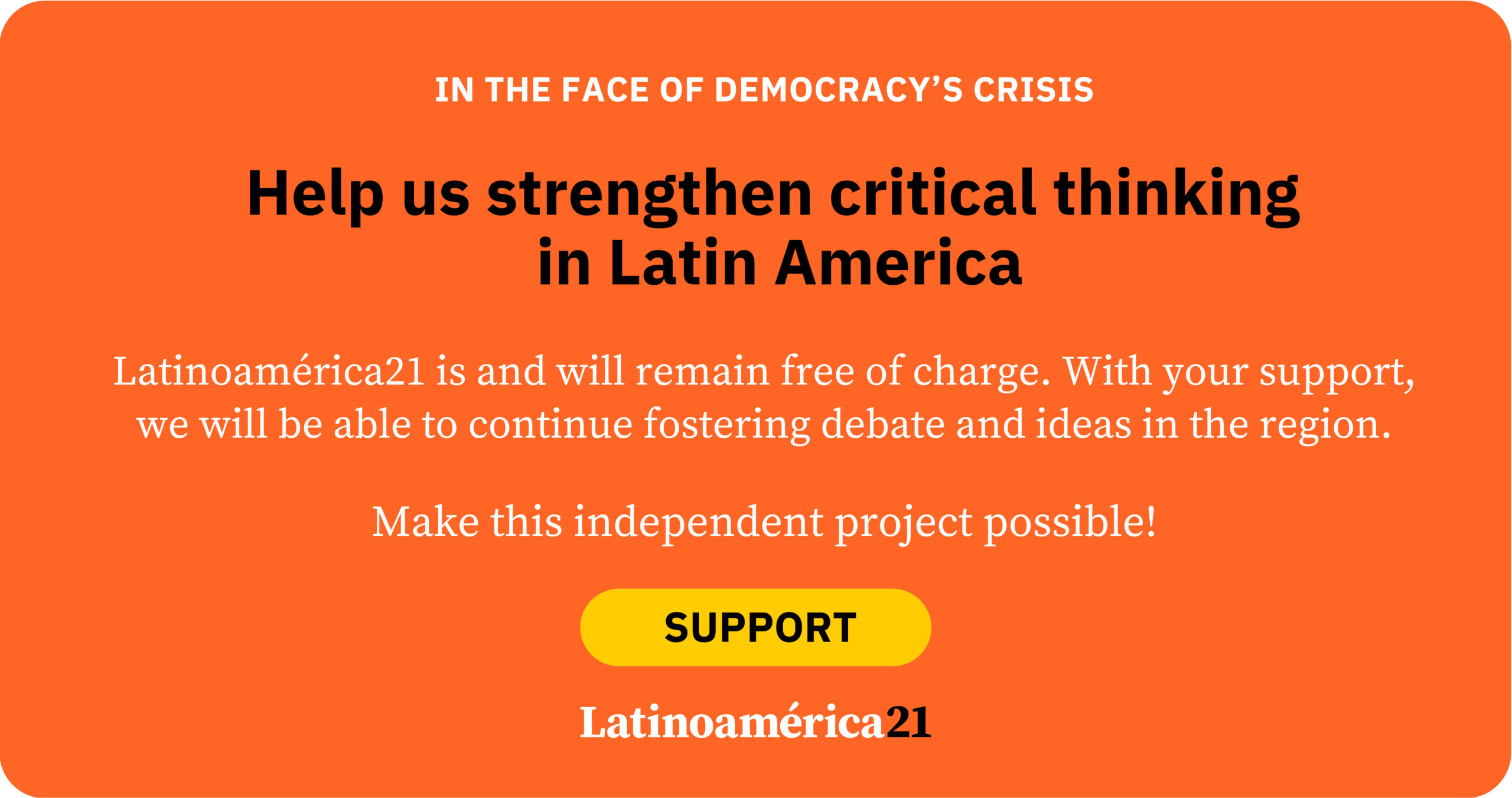South America is forgetting about winters, as is much of the rest of the world. The emblematic images of snowfall, warm crowds, cold weather programming, and icy landscapes are becoming scarce. And with the less cold comes more rain. In some cases, more frequent rains give way to deluges, such as the tremendous floods in the state of Rio Grande do Sul, Brazil. The scenes of skyscrapers in the middle of water brought back as inescapable reality the alarmist hypotheses of documentaries such as An Inconvenient Truth or films like Geostorm. “For every degree more heat, seven times more water vapor is produced,” explains Andrew Schwartz, lead scientist at UC Berkeley. Hot, wet winters will thus become the new climatic normal.
With radical alterations in climate, our habits, perceptions, and reactions to the causes should change. But is that what public opinion data tell us?
The annual survey by WIN, the largest international network of independent agencies, which interviewed nearly 33,900 adults in 39 different countries between February and March 2024, reveals that concerns about the evidence of climate crisis have not ceased. In fact, Latin America stands out as the region that expresses the most environmental anxiety, with values close to 90%, therefore with very few ideological, partisan, generational, class or educational differences.
There is also clarity about the triggers that led to the upheavals of unusual heat, minimum winters, torrential rains and unseasonal cyclones. In contrast to the denialism prevalent in the United States, but also in low-income and environmentally vulnerable countries such as Pakistan, Indonesia, Nigeria or Ivory Coast, where between 25% and 40% of citizens attribute climate changes to natural phenomena, Latin American countries strongly blame industrial development or people’s lifestyles.
The attribution of individual responsibility is among the strongest in Brazil, with 54% blaming personal consumer choices as the source of environmental alterations. However, what might appear to be a sign of high awareness hides the cunning of sectors that stimulate deforestation, such as livestock and agriculture, as well as logging and mining. Among Brazilians, a tiny 3% blame the primary sector for climate imbalances, even though reports from leading think-tanks with scientific backing such as the Climate Observatory reveal that 80% of Brazilian emissions come from the indiscriminate occupation of soils by cattle ranching and the consequent destruction of forests for this purpose.
Peruvians, Mexicans, Ecuadorians, and Argentines have a somewhat more realistic notion of how primary extractivism and rural exploration generate emissions, ranging from 18% for the former to 11% for the latter. In compensation, they tend to soften the accusatory finger on individual consumption (although in Argentina and Chile more than 40% point in that direction to recognize that they are to blame for the gases that alter temperatures and rain and drought cycles). This individual responsibility reveals the assimilation of discourses that expurgate other sectors such as the energy and primary sectors, turning the individual consumer into the great recipient of the educational guidelines toward a life with less ecological impact. To what extent does this divert attention from many of the culprits?
Beyond the partial atonement of certain sectors such as industry and agriculture and livestock, Latin Americans reveal that things are complicated when it comes to converting these anxieties into individual actions that favor a smaller environmental footprint or climate impact. Asked about the actions they take in their daily lives to live within planetary limits, the vast majority refer to activities linked to the end of the consumption cycle, the discarding of consumed goods, much more than to moderation or neutralization of the acquisition and use of goods to be consumed. When two thirds of those consulted place all their climate mitigation involvement in recycling, they are not thinking about consuming less or better, which would be, in practice, a more radically effective perspective to reverse the individual causes of global warming.
In contrast to European countries, only 25% of Latin Americans consider stopping buying fast fashion (versus more than 40% of Germans or French or 50% of Swedes). Similarly, less than 25% of Latin Americans plan to stop flying (versus a third or even more than 40% of Germans, Finns, Poles and a similar percentage of Dutch). Not to mention stopping meat consumption in favor of a diet with fewer negative environmental repercussions, something that only 1 in 10 Latin Americans is willing to do (versus twice as many or more Scandinavians, Britons, French, and Italians).
For those who study how to facilitate the transition of behaviors in a more climate-friendly direction, beneath these incongruities and gaps between perceptions and behaviors, there is inefficient or uninspiring communication. The recent webinar of the Latin American chapter of WAPOR, the World Association for Public Opinion Research, discussed how to mobilize minds and hearts more effectively when it comes to generating conditions that will prevent a major climate disaster. Journalist and communicator Pearl Maravall, Yale Program on Climate Change Communication, stressed that it is not about bombarding people with data, even if it is necessary to inform, nor is it about generating guilt or fear because of the size of the tragedy, as these strategies end up paralyzing people.
Part of the secret lies in inspiring them in actions of an attainable scale for them, underlining the social approval they would gain by adopting these behaviors, based on the telling of stories that connect the responses they can embody to the benefits and solutions that these reactions can bring. Thus, the narratives of mothers who helped their children to live healthier lives or recover traditions of fun and socialization that are exempted from lavish expenses or technological mediation, whose devices are expensive, extract natural resources and alienate the new generations from the older ones, emerge strongly. Or stories of empathy and solidarity with other species, recognizing their intelligence and companionship, while recovering the beauty of the landscape not intervened by the large-scale creation of protein whose repercussions of pollution and impoverishment of the ecosystem are easy to show. As well as stories of individuals who had to face concrete consequences of climate change such as a flood that took away all their goods and destroyed communities and forced them to think not only about individual habits but also about urban planning so that the original course of rivers is respected, or garbage is not discarded in streams or in the street — which clogs the sewers — or in defense of green areas near watercourses. In short, inspiring stories focused on solutions, community resilience and common leaders in the proximity where challenges occur.
Connecting information with experience, highlighting the nature of the problems, but also the possibility of solutions within the reach of ordinary individuals, and facilitating the execution of adjustments in our lifestyles and choices, will pave the way to a less burdensome future and reclaim — at some point — the pale winters.
*Translated by Janaína Ruviaro da Silva from the original in Spanish.













